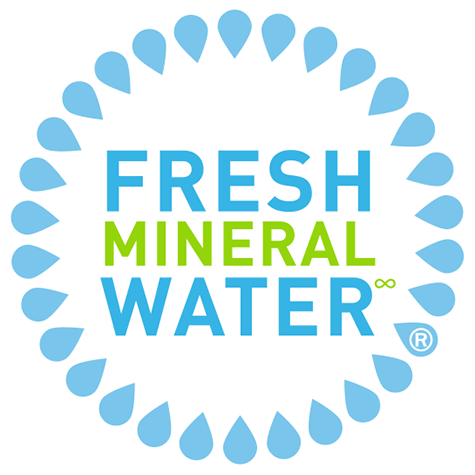MENUMENU
- Hot Tub
Products-
-
-
-
FROG Serene – Bromine
- FROG Serene Floating System
- FROG Serene In-Line System
- FROG Test Strips for Hot Tubs
Additional Products
- FROG Filter Mate
- FROG Jump Start
- FROG Maintain
-
-
-
-
-
- Pool
Products-
-
-
-
Pools 2K to 5K
- Flippin’ FROG
Pools 5K to 10K
- Flippin' FROG XL
-
Pools up to 25K
- POOL FROG Model 6100
- FROG Leap
- FROG Pool Tender
- INSTANT FROG
Pools up to 40K
- POOL FROG Model 5400
- POOL FROG XL PRO
- FROG Leap Twin
-
-
-
- Swim Spa
Products - Fresh Mineral
Water - Water Care
Experts - Water Care
Blog-
-
Water Care Blog
-
-
-
-
-
-
-
-
-
-
-
-
- About
FROG - Contact
FROG

